Why you can trust TechRadar
Is the tablet / laptop combo the ultimate dream? Do we so desperately need the choice that we'll fork over extra cash for plausible extra flexibility?
The hybrid market isn't yet mature enough for a definitive answer to have formed, so we'll reserve final judgement on Asus' Transformer Book until it's got some company - and we're not just talking about the Taiwanese giant's own competing Vivo line.
They're different, anyway; while the Vivo Tabs certainly incorporate keyboard and touchscreen portions to good effect, they're really just tablets with docking stations. The Transformer Book has a definite air of laptop about it.
The guts might have been refocused from the keyboard leaf into the screen, giving it a top heavy construction which fights with its hinge, but it's a laptop first, tablet second. We're almost certain, were a Transformer Book knocking around in our bag, we'd use its primary function much more regularly than we'd poke at its screen, even with Windows 8 at the helm.
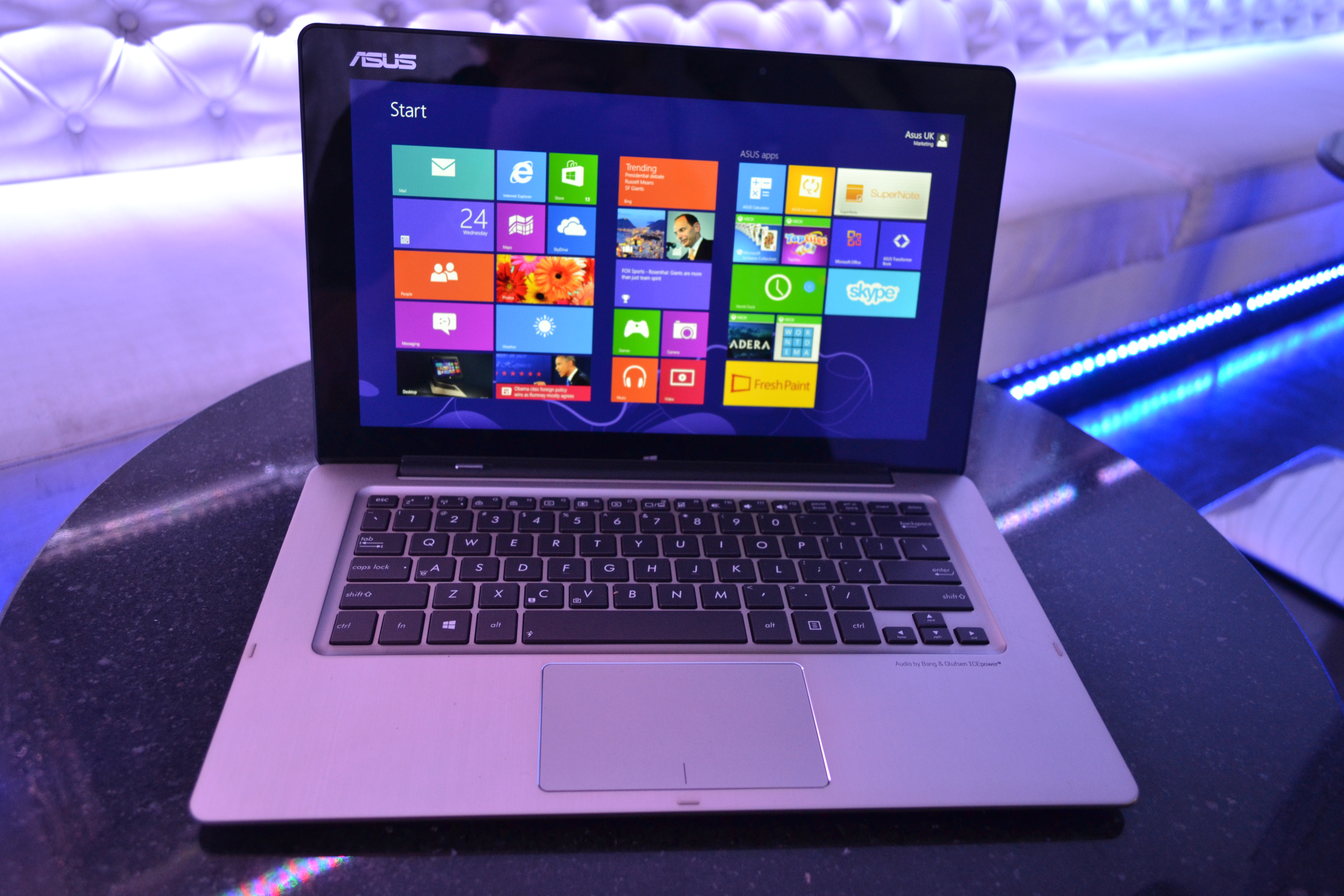
- See also: Hands on: Asus Taichi review
The screen locks in to the base with a sturdy, often difficult latch. Once you've mated the two halves, it's going to be pretty tricky to accidentally separate them, which is a plus. You'll need the keyboard around for any serious connectivity, too; while there are cursory ports on the tablet (audio, micro USB, micro SD) we couldn't wrestle any confirmation from Asus that there would be any sort of breakout cable included when the unit launches in early 2013. We'd put money on it happening, though.
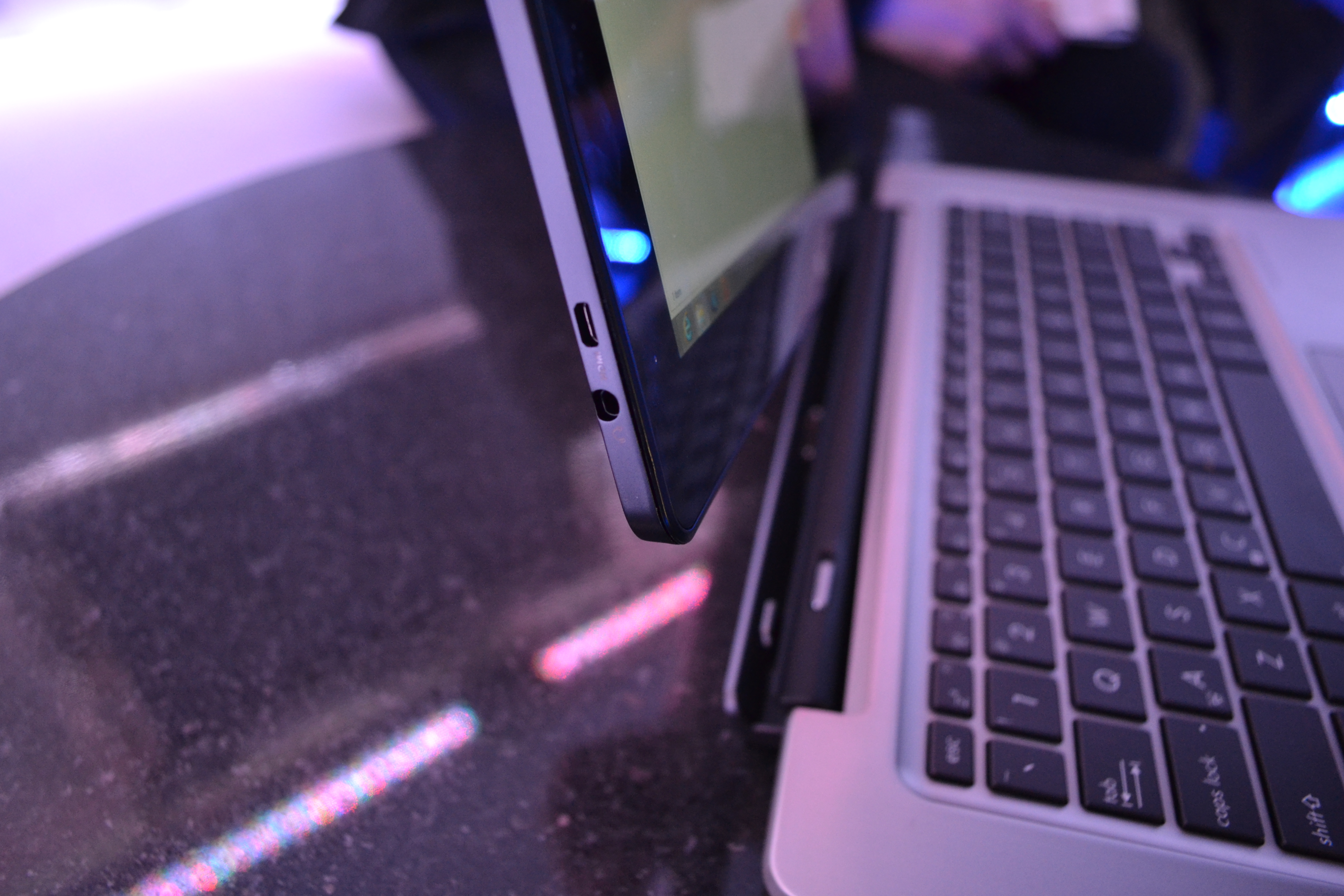
The backlit keyboard feels pretty standard. Well-spaced island style keys, decent layout, short travel; about what you would expect of an ultrabook, although the lack of core components in the base means the keyboard is slightly more recessed than usual, and the base itself only about as thick as its ports.
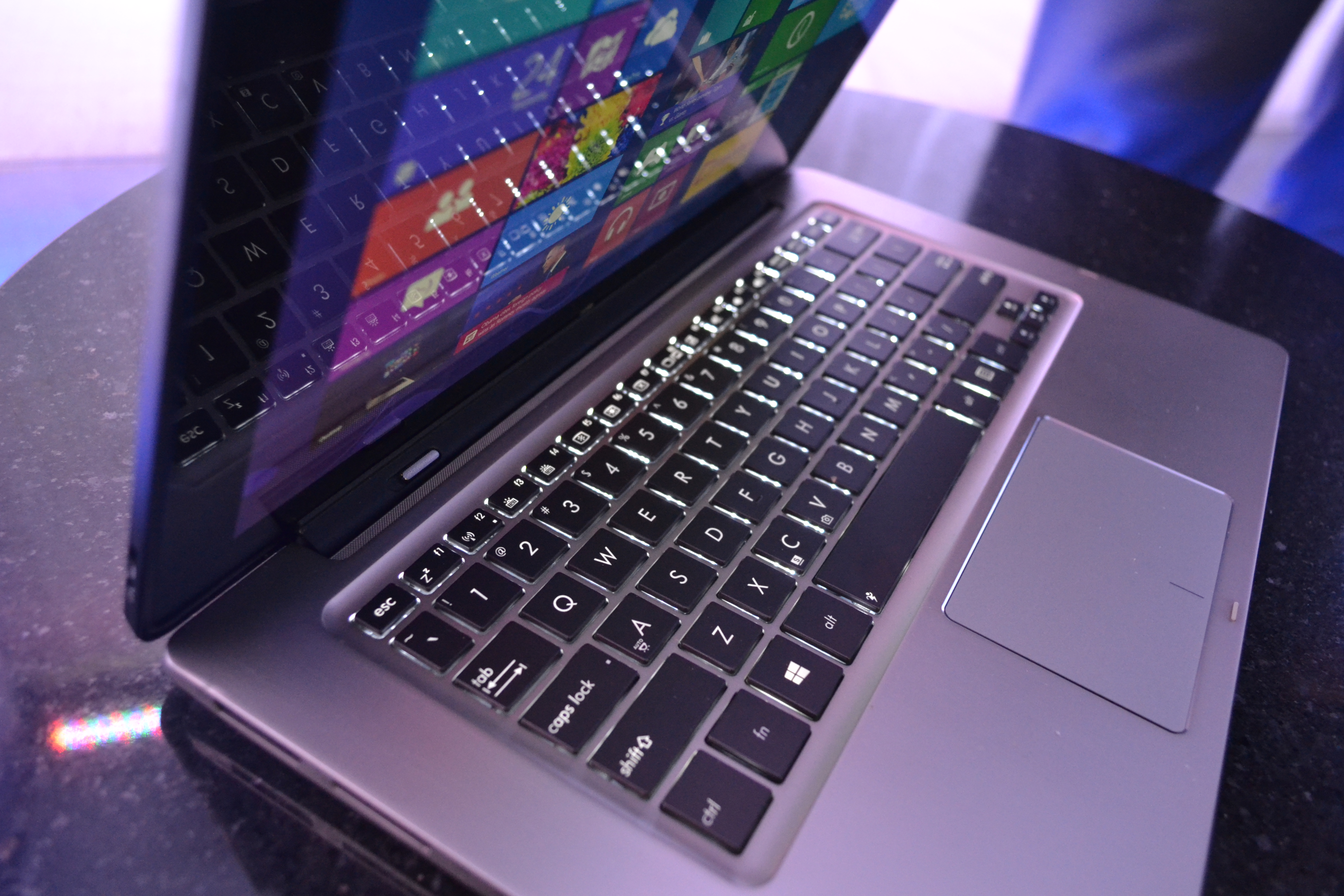
You'll find an SD slot, a pair of USB 3 ports, a DisplayPort output, and what looks like an integrated Ethernet port too, along with Asus' audio pride and joy, B&O ICEpower speakers. The trackpad has distinct but non-intrusive physical buttons, and feels fine. You may, realistically, use it more than the touch screen anyway. Gorilla-arm is not a pleasant thing.
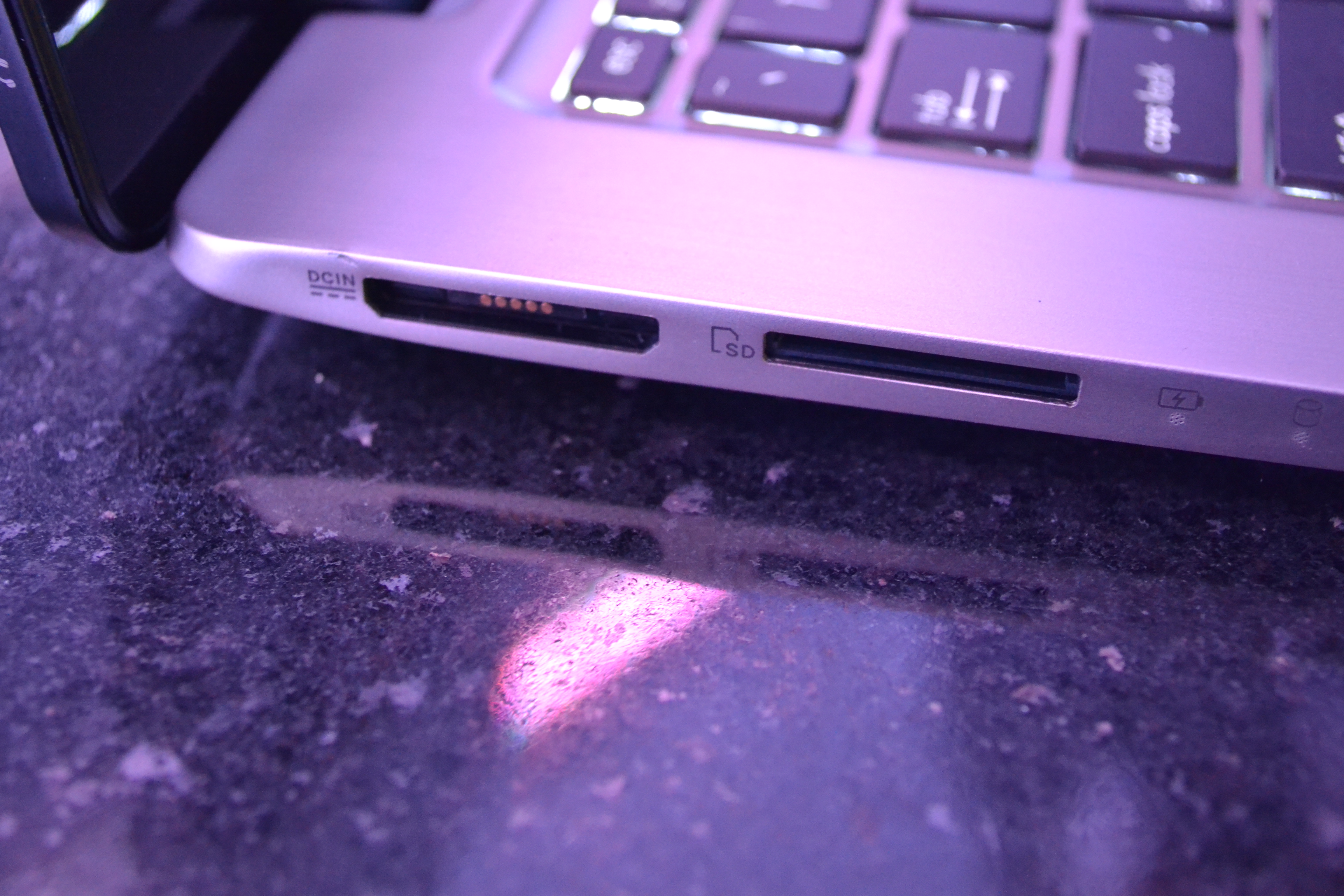
It's worth going in to detail on the Transformer Book's screen. It's really rather nice, a super-saturated panel running at full 1980p resolution, with a full ten touch points.

And we really mean super-saturated; Windows 8's lurid Start screen was almost burning bright, and the test images we saw exhibited out of this world colouring. If you're looking for a screen with range, Asus has really pulled it off. The unit we tested did end up a little warm after some relatively light use, we suspect due to the Core i7 nestling inside, but we're not concerned about its capabilities.
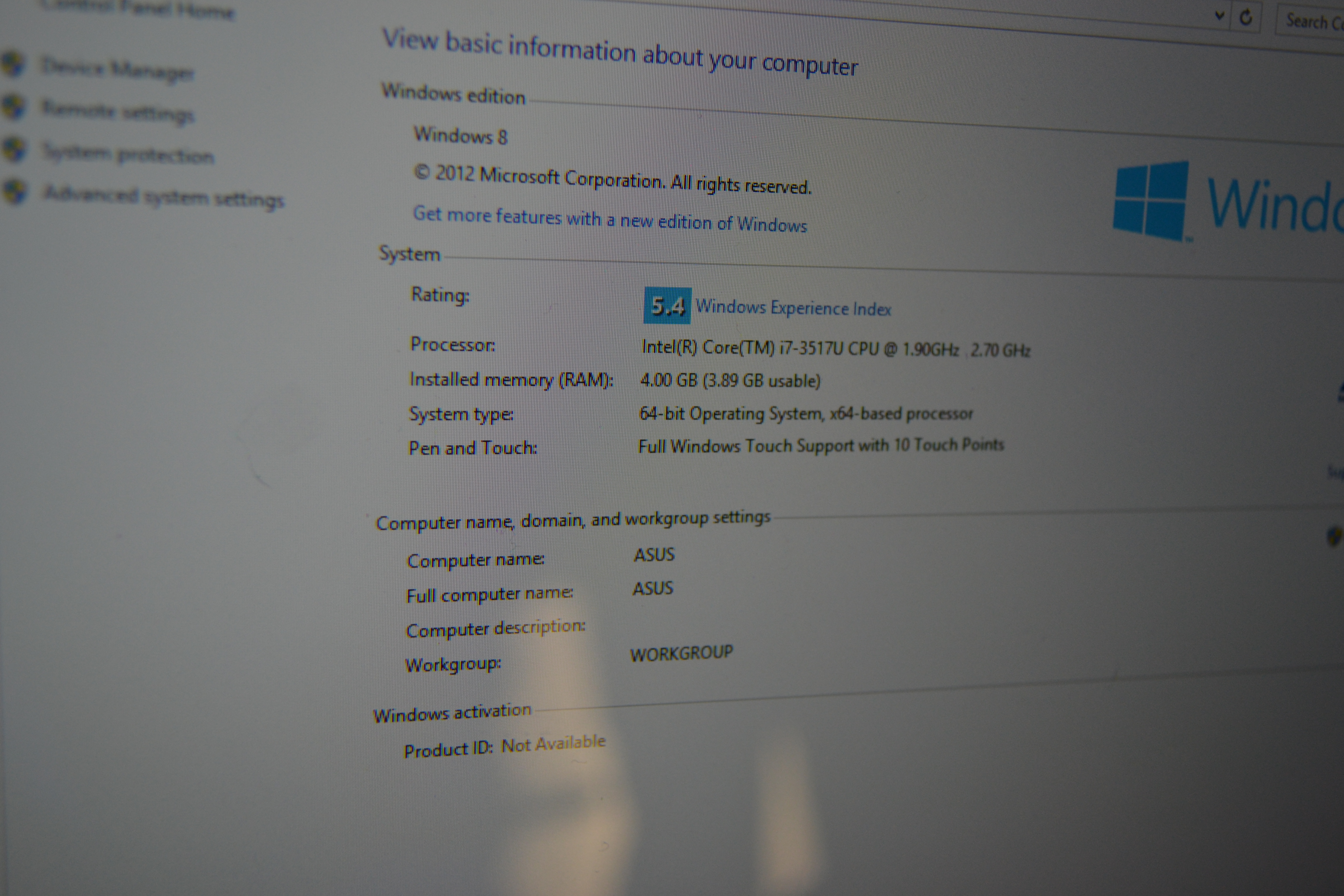
Asus isn't releasing specs or prices at this time, and the Transformer Book will probably get a few incarnations when it's finally released, but a bit of advanced snooping revealed something about the guts of the machine that Techradar tested: a Core i73517 running at 1.9GHz, with a potential 2.7GHz speed boost and 4GB RAM. It only scored 5.4 on the Windows Experience Index, which probably suggests that the standard Transformer Book won't feature a discrete graphics solution.
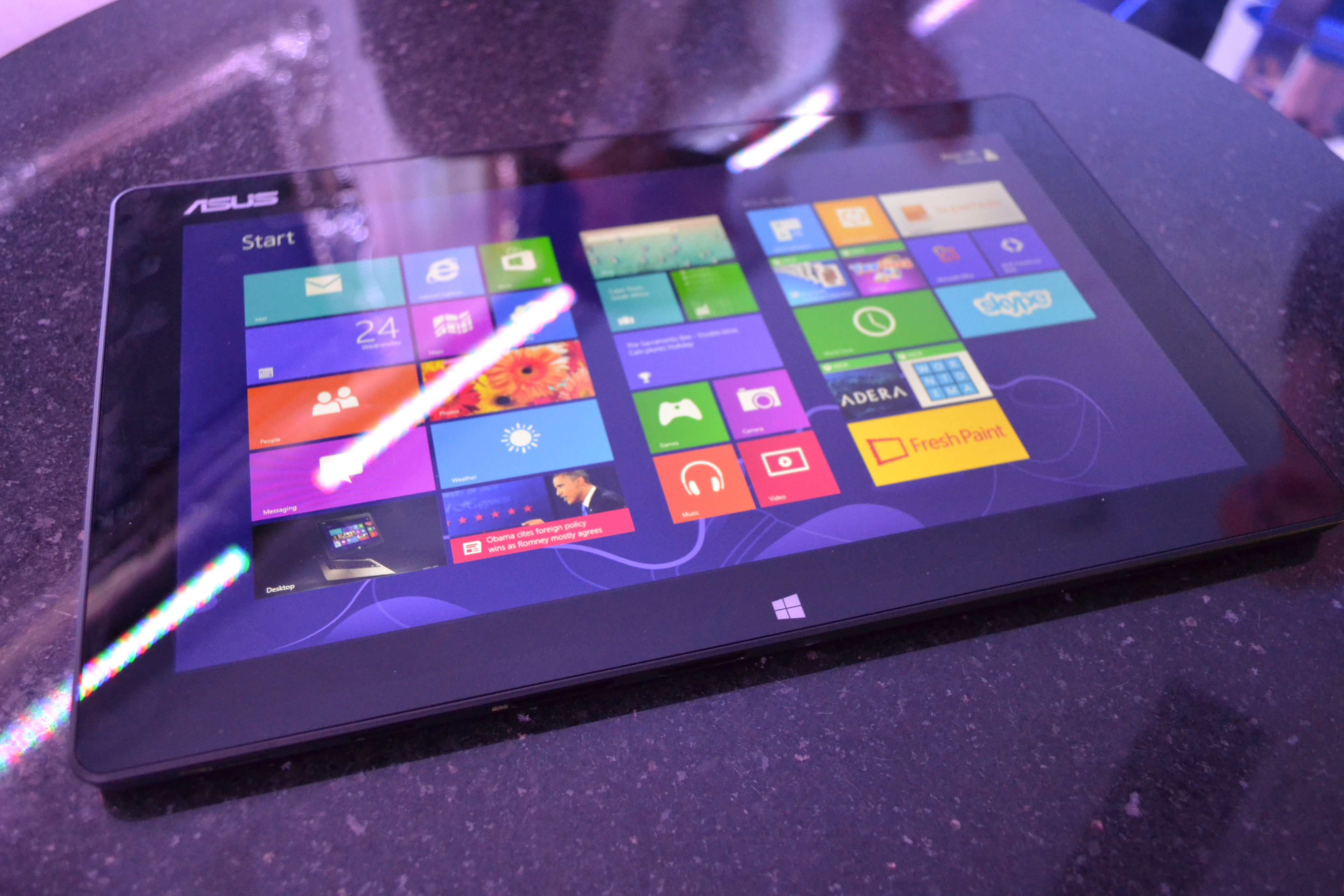
Your results with the Transformer Book may vary, but we came away quite impressed with both its build quality and its potential. Pricing is obviously a concern, but if Asus manages to bring it in at a sweet spot – and if that latching mechanism doesn't push it too far in advance of Ultrabook prices -- we can see the Transformer Book doing rather well, particularly with a more modest configuration. The Transformer Book should hit the shelves in early 2013.
What is a hands on review?
Hands on reviews' are a journalist's first impressions of a piece of kit based on spending some time with it. It may be just a few moments, or a few hours. The important thing is we have been able to play with it ourselves and can give you some sense of what it's like to use, even if it's only an embryonic view. For more information, see TechRadar's Reviews Guarantee.
